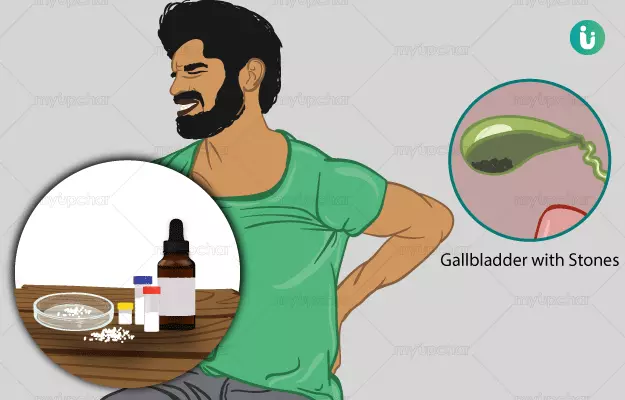Gallbladder is a small pouch-like organ that lies below and behind the liver. Its primary function is to store and concentrate bile produced by the liver to help digest fats and secrete it into the small intestine where digestion of fats takes place. Due to an excess of cholesterol, bilirubin or calcium salts in bile, hard deposits are formed in the gallbladder, these are also called as biliary calculi or gallbladder stones. Gallbladder stones are common in adults, particularly in women aged above 40. The condition generally does not show any symptoms until the deposits are significant and result in the blockage of bile duct.
Common symptoms, which start to show up once the condition escalates are:
- Jaundice
- Fever
- Pain in the right and upper abdominal region, which can last for hours
- Sudden pain after a fatty meal
- Loss of appetite and diarrhoea
Conventionally, either medicines or surgery is advised for removal of gallbladder stones. This depends on the size of the stone. Medicines are usually prescribed for dissolving smaller stones; however, these medicines are rarely very effective and there is a risk of recurrence of stones once the treatment is stopped. In such cases and for large stones, surgery is the most viable option.
Homeopathy provides a better alternative with negligible need for surgery. Remedies like carduus marianus, calceria carbonica, fel tauri and several others have been used successfully for treating gallbladder stones without any reported cases of recurrence.











